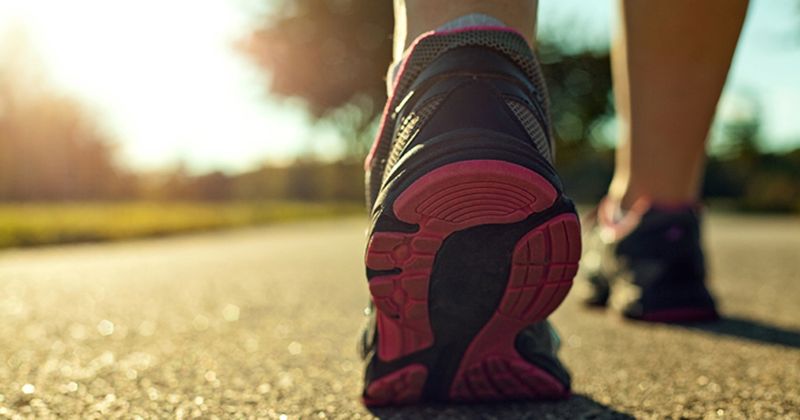Enhance daily activities, target kinesiophobia to improve health status in HF
Key takeaways:
- More severe cardiac dysfunction is tied to worse scores for activities of daily living, health status and kinesiophobia.
- Cardiac rehab could increase activities of daily living to improve health status.
Data show a close association between heart function, activities of daily living and kinesiophobia in patients with HF, suggesting cardiac rehab programs based on those factors could improve health status.
“Kinesiophobia is defined as an excessive fear of possible injury in physical movements and activities. It can increase the incidences of somatic symptoms and movement disorders, which eventually threatens human health,” Gao Chunhong, of the department of nursing in the First Hospital Affiliated with Nanjing Medical University in Jiangsu, China, and colleagues wrote in the study background. “Previous studies have demonstrated that the health status of HF patients is affected by cardiac function, activities of daily living and kinesiophobia, and a pairwise relationship exists. However, the correlations among the health status, cardiac function, activities of daily living and kinesiophobia of HF patients remain unclear.”

Image: Adobe Stock
Chunhong and colleagues analyzed data from 244 patients with congestive HF and a mean of three comorbidities who completed the Tampa Scale for Kinesiophobia Heart (TSK‐SV Heart) questionnaire, the Barthel index for assessing activities of daily living (ADL) and the EQ‐5D questionnaire for assessing the health status. The mean age of patients was 64.45 years; 56.6% were men; patients with a minimum TSK‐SV Heart score of 37 were defined as having kinesiophobia. Researchers assessed the mediational effect of ADL and kinesiophobia on the cardiac function and health status.
The findings were published in Clinical Cardiology.
Within the cohort, just 2.5% of patients were participating or had participated in cardiac rehabilitation programs and 77.9% of patients could perform ADL, including walking (73.8%), housework (27.9%) and jogging (21.3%). Seventy percent of patients had kinesiophobia. There was an overall statistically significant association between occupation, education level and current per capita monthly household income on kinesiophobia score.
Cardiac function and kinesiophobia were both negatively correlated with health status for patients with HF (r = 0.39 and 0.41, respectively; P < .01 for both). ADL was positively correlated with health status (r = 0.32; P < .01).
Cardiac function was negatively correlated with ADL (r = 0.412; P < .01) but was positively correlated with kinesiophobia (r = 0.18; P < .01).
In a structural equation model with cardiac function as the independent variable, kinesiophobia and ADL as mediation factors and health status as the dependent variable, the mediation proportion of ADL plus kinesiophobia between cardiac function and health status was 43.48%. Both ADL and kinesiophobia partially mediated the effect of cardiac function on health status; however, their mediational effects showed no significant difference (P = .777), according to researchers.
“Pairwise correlations exist among cardiac function, health status, ADL and kinesiophobia of congestive HF patients,” the researchers wrote. “The cardiac function not only directly impairs health status, but also indirectly through kinesiophobia and ADL, the mediational effects of which are equal. Kinesiophobia should be relieved and ADL enhanced to improve the health status and prolong the life expectancy of HF patients.”
